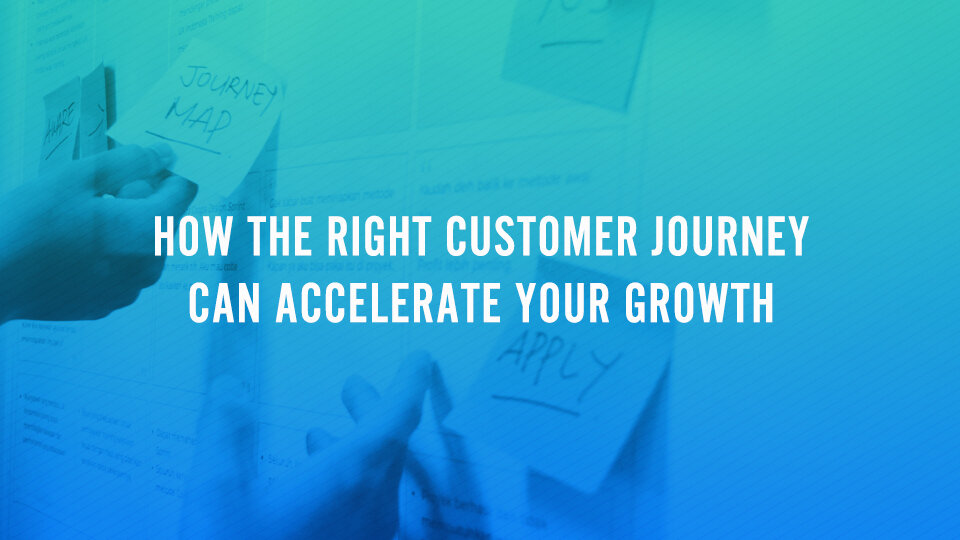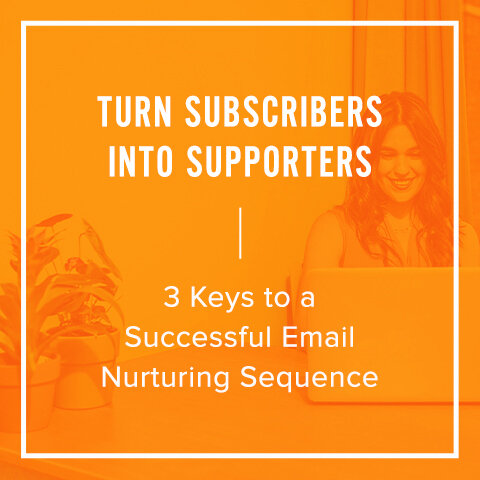How The Right Customer Journey Can Accelerate Your Growth Inbox
By Maurilio Amorim
I had to learn this lesson the hard way. Early in my career, every communication I crafted focused on getting the person receiving it to help solve my organization's problems. Everything was an ask that benefited us: buy a product, make a donation, volunteer, etc.
My approach worked ok for a few years, but in today's environment, it's just not going to succeed. Whether in the corporate or nonprofit sector, the importance of building relational equity with your audience cannot be overstated.
Gone are the days when mere transactions were enough to secure loyalty. Instead, forming deep, meaningful connections—relational bonds—is now crucial to lasting success.
Here's how a well-mapped customer journey can help achieve this and why it's so effective.
Understanding the Customer Journey
A customer journey encompasses all interactions, from the initial discovery to ongoing engagement. Mapping this journey allows you to engage personally at each touchpoint, fostering a genuine and valued relationship rather than just a transactional one.
The Power of Relational Equity
Relational equity goes beyond simple exchanges. It builds trust and loyalty through consistent, positive interactions that resonate deeply with customers or donors.
This form of connection is especially powerful in today's environment, where consumers and donors gravitate towards organizations that align with their values and offer them a sense of belonging and purpose.
Why It Matters for Businesses
For businesses, leveraging relational equity means customers are more likely to choose your brand over competitors and are more open to upselling and repeat purchases.
Investing in understanding and enhancing each phase of their journey demonstrates a commitment to their overall satisfaction and well-being, not just the bottom line.
Why It's Crucial for Nonprofits
For nonprofits, this approach transforms occasional donors into committed advocates. By nurturing these relationships through personalized interactions and helping the donors see themselves as your story's heroes, you elevate their experience from one-time transactions to ongoing support. You will most likely deepen their giving impact with more significant donations.
Enhancing the Customer and Donor Experience
Mapping the customer or donor journey with a focus on relational equity allows you to:
- Personalize Communications: Craft messages acknowledging previous interactions and preferences, clearly understanding the individual's history and relationship with your organization.
- Anticipate Needs: Use insights from consistent engagement to proactively meet needs and solve problems before they become pain points.
- Increase Engagement: Introduce initiatives reinforcing their decision to connect with your brand, continually affirming their importance to your organization.
- Increase Sense of Reciprocity: When people get the sense you genuinely care, they will increase their commitment to you.
In an era where relational equity is more valuable than transactional exchanges, understanding and optimizing the customer or donor journey is not just beneficial—it's essential.
Organizations prioritizing these relationships see significantly better results when making offers or requesting donations. It's about creating a bond that transcends the immediate and cements a foundation for future growth and mutual support.
Take a few minutes and think through the people on your mailing list. Are they just getting sales or appeal notices from you? Are you investing in a relationship, or is it just a one-way street where your communication is designed to benefit only you?














